Top 12 Countries With the Most Interesting Stamps to Collect
Stamp collecting continues to attract people who enjoy history, culture, and design in one small package. Some countries stand out for their unique postage, offering eye-catching artwork and rich stories behind each issue. From early classics to modern themes, these stamps highlight traditions, milestones, and national pride that collectors appreciate. Whether you enjoy rare finds or beautifully printed series, there are certain countries that always seem to deliver something special.
This post may contain affiliate links, which helps keep this content free. Please read our disclosure for more info.
India
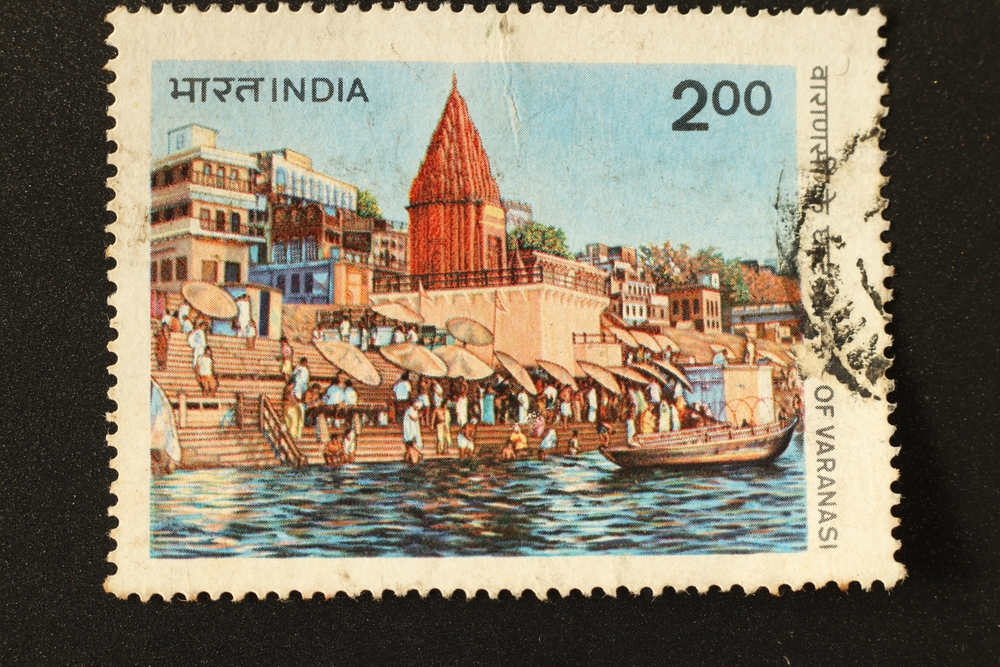
India’s stamp history stretches back to the days of the British Empire, beginning with the Scinde Dawk in 1852. This early issue came in three different colors and was printed on waxy paper, making it stand out from other stamps of that time. As India transitioned from colonial rule to independence, its stamps evolved to reflect the country’s own identity and cultural richness.
Collectors are drawn to India’s stamps for their wide range of themes. You can find issues highlighting ancient sculptures, Mughal architecture, dance forms, wildlife, space missions, and independence leaders. Many of them feature inscriptions in multiple languages, offering a window into the country’s linguistic and regional diversity. With such a large population and long postal history, India has produced thousands of stamps, each telling a different story.
Canada
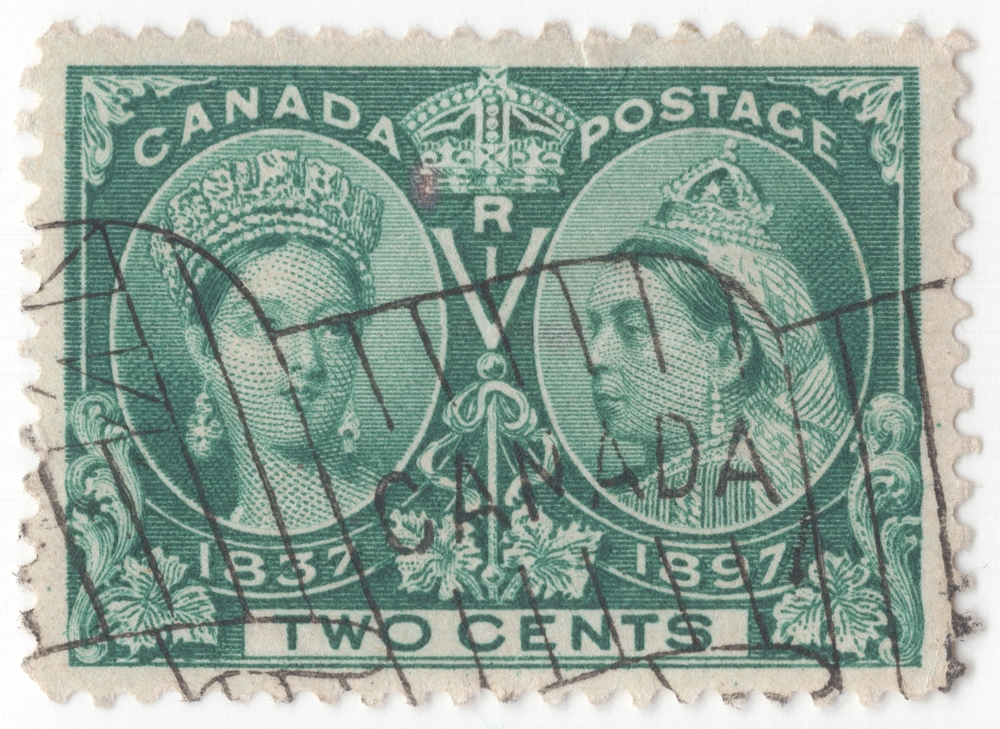
Canada’s first stamp, the Three-Penny Beaver from 1851, marked a departure from the usual portraits of monarchs by showcasing native wildlife instead. This early focus on nature became a recurring theme in Canadian stamps, which often feature national parks, lakes, forests, and animals like moose, loons, and bears. Over the decades, Canada has blended traditional and modern design styles to reflect its evolving identity.
Canadian stamps are known for their clarity, quality printing, and bilingual text in English and French. Collectors often praise the attention to detail in commemorative issues that honor Indigenous heritage, famous artists, Olympic athletes, and technological milestones. Canada Post also releases limited editions and holographic stamps that appeal to those who enjoy collecting something a bit different while still rooted in real events and places.
Japan
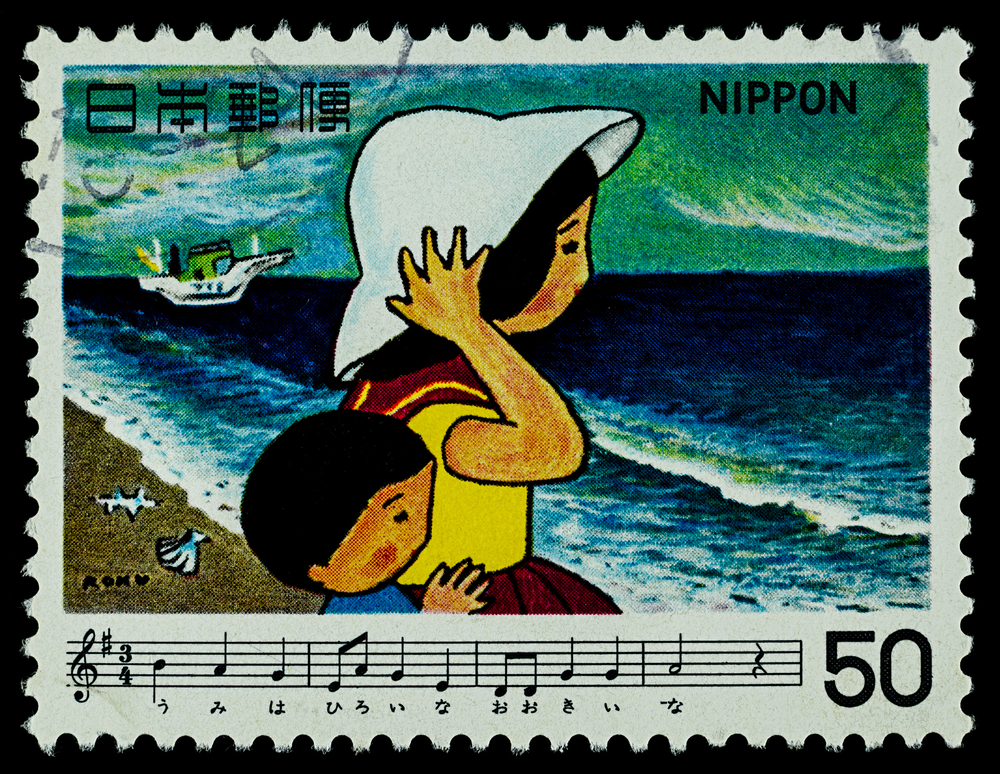
Japan offers collectors a mix of art, culture, and history through its stamps. Since issuing its first postage stamp in 1871, Japan has maintained a tradition of using elegant illustrations and delicate colors. Japanese stamps often depict cherry blossoms, seasonal landscapes, traditional clothing, and famous woodblock prints.
What makes Japanese stamps especially interesting is the way they reflect the country’s deep connection to tradition while also embracing modern design. A stamp series focused on anime, architecture, and technological innovations brings in younger collectors. Special sets issued for New Year celebrations and regional festivals are highly sought after, and the careful printing methods give many stamps a crisp, almost painterly quality.
Australia
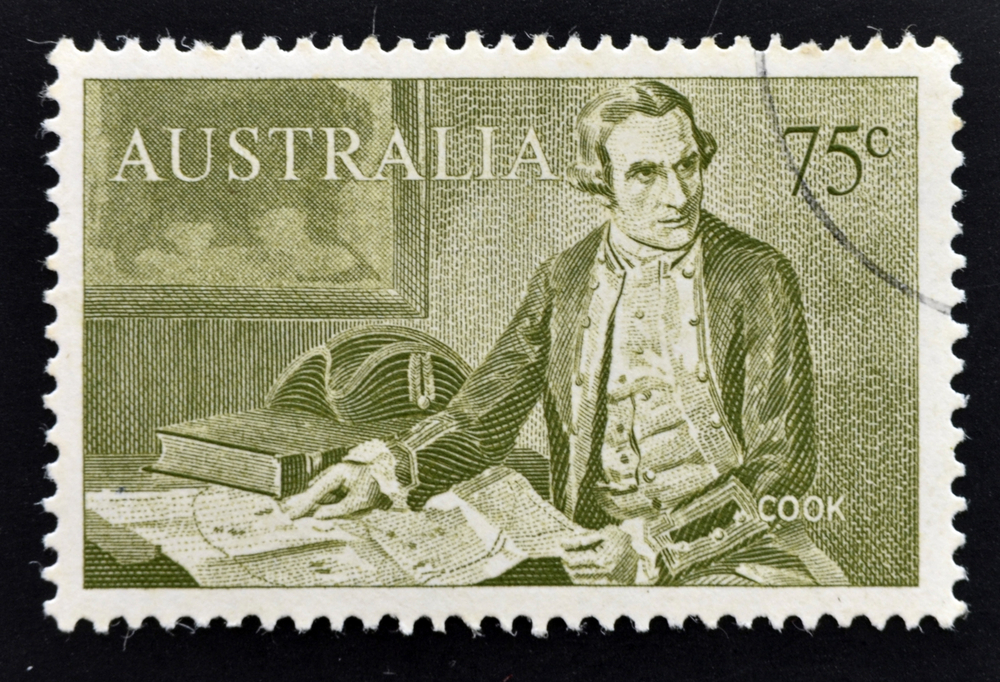
Australia’s stamp story began in 1913 with the Kangaroo and Map series, a design that set it apart from other British Commonwealth nations. That first issue broke convention by not featuring a royal figure, which was a bold choice at the time. Australian stamps have continued to showcase local wildlife, Aboriginal art, and vast natural landscapes.
The appeal of Australian stamps lies in their range. From the Great Barrier Reef to Uluru and the Outback, stamps provide a look at the country’s environment and cultural depth. Australia Post frequently releases detailed commemoratives and special issues that feature historical figures, sporting legends, and national holidays. Collectors often appreciate the balance between simple layouts and vivid imagery.
United States
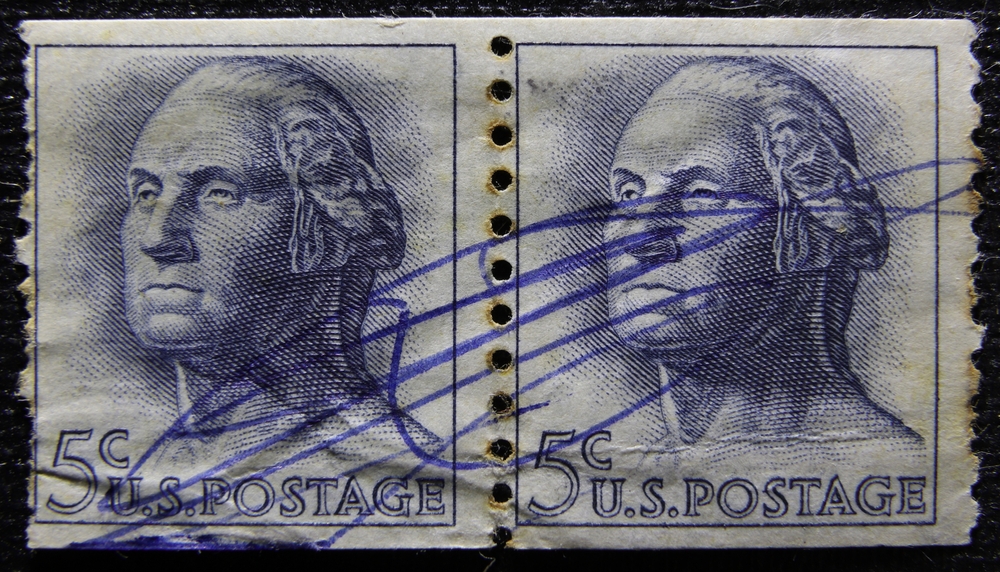
The United States released its first stamps in 1847, featuring Benjamin Franklin and George Washington. Since then, it has issued thousands of designs reflecting its diverse population, historical events, and influential people. Themes range from military history to jazz musicians, with new issues regularly celebrating American life.
Collectors value U.S. stamps for their storytelling. Presidential series, Civil War commemorations, national park scenes, and even holiday-themed stamps give a wide variety of topics to explore. The U.S. Postal Service has also experimented with formats, including self-adhesive stamps and forever stamps, keeping things fresh for casual and serious collectors alike.
Germany
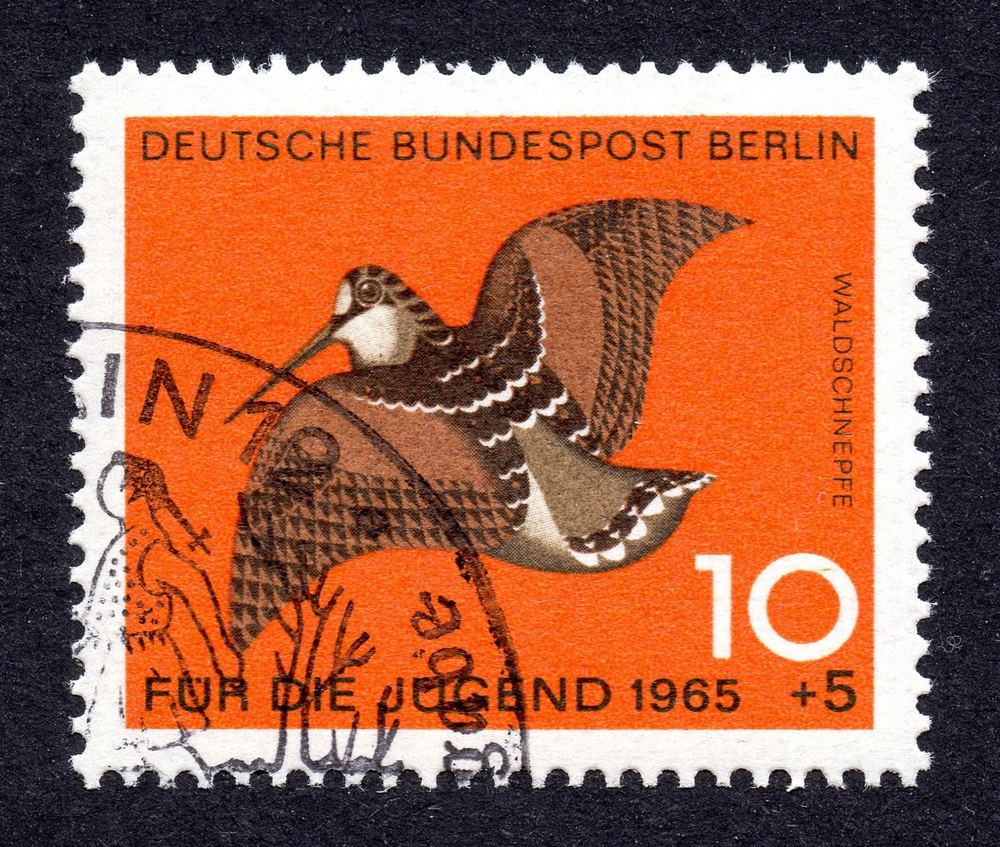
Germany’s stamp history is layered with political and historical shifts. From the days of the German Empire through the Weimar Republic, Nazi era, East and West division, and eventual reunification, stamps have played a role in showing national changes. Each of these periods had distinct printing styles and themes, giving collectors a wide range of options.
Post-war issues from both East and West Germany are especially intriguing due to their contrast in design and ideology. While West Germany focused on industrial growth and culture, East German stamps leaned toward political propaganda and working-class pride. After reunification, Germany began issuing stamps that celebrated its unity, heritage, and role in global affairs, all with precise and clean designs.
United Kingdom
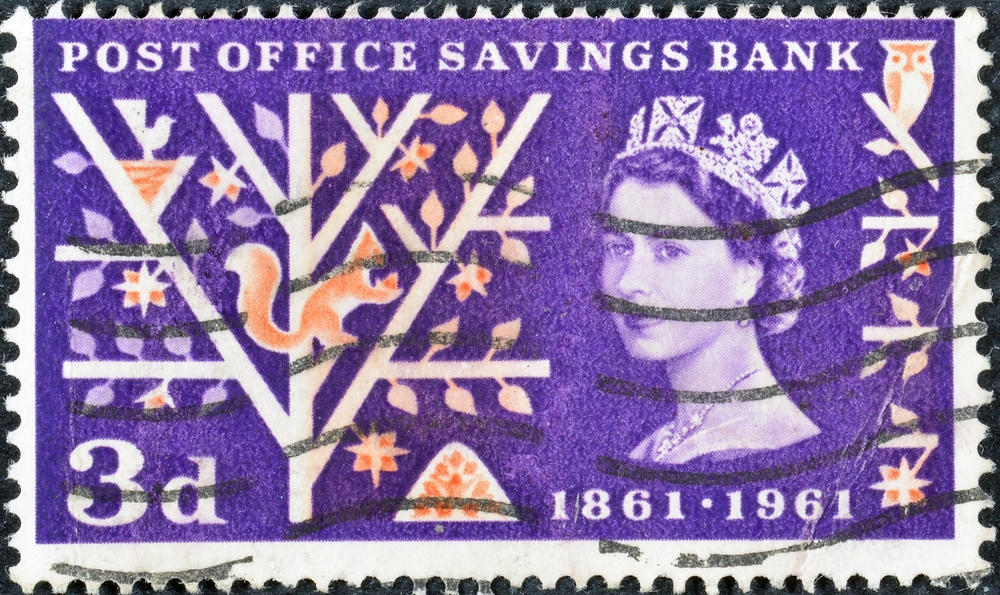
The United Kingdom is home to the world’s first stamp, the Penny Black, issued in 1840. This black-and-white stamp featured Queen Victoria and changed how mail was sent around the world. Since then, the UK has maintained a tradition of stamps without country names, relying on the image of the monarch as a symbol of origin.
British stamps include a wide variety of topics, from royal weddings to cultural icons like The Beatles and Shakespeare. The country regularly releases stamps celebrating architecture, scientific advances, and local customs. Collectors appreciate the historical depth, quality printing, and the balance between tradition and changing times.
France
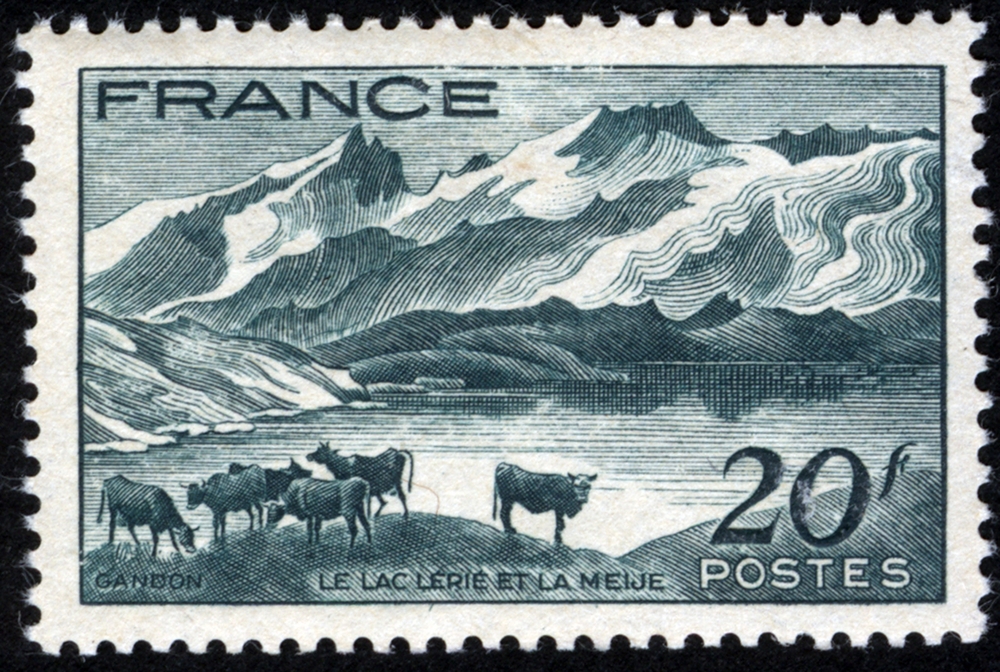
France has a long philatelic tradition dating back to the mid-19th century. Its stamps often feature refined artwork, influenced by the country’s strong visual and literary culture. Marianne, a symbol of liberty and the Republic has appeared in many issues in different artistic styles.
Collectors admire French stamps for their attention to design and historical themes. Issues related to French art, cinema, aviation, and world expositions are especially popular. France also prints attractive series dedicated to UNESCO sites, culinary heritage, and fashion, making its stamps appealing to both history buffs and art lovers.
Switzerland
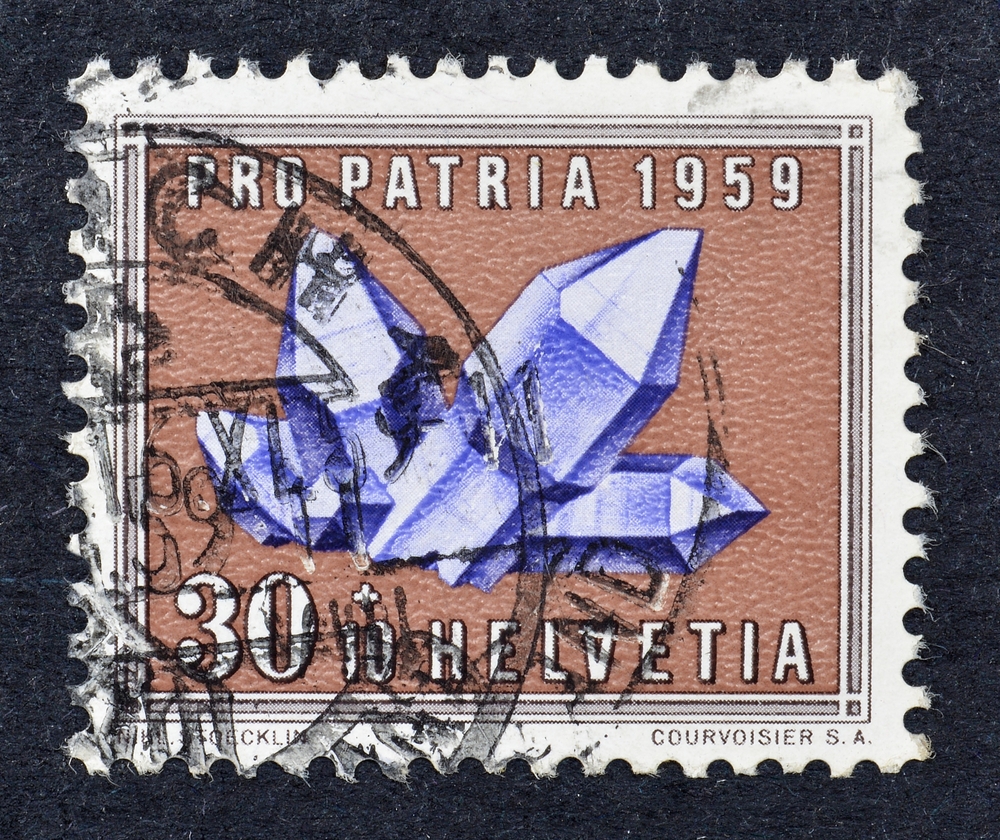
Switzerland’s first stamps, the Zurich 4 and Zurich 6 came out in 1843 and are among Europe’s oldest. Swiss stamps are known for their clean layouts and themes that reflect neutrality, natural beauty, and innovation. The famous Helvetia series uses Latin inscriptions to emphasize the country’s heritage.
Many collectors admire Switzerland for its consistent quality and restrained style. Stamps often highlight alpine scenes, clocks, public transportation, and national traditions like yodeling and watchmaking. Swiss Post also experiments with materials from time to time, including embroidered and wooden stamps, which give a unique twist to traditional collecting.
Italy
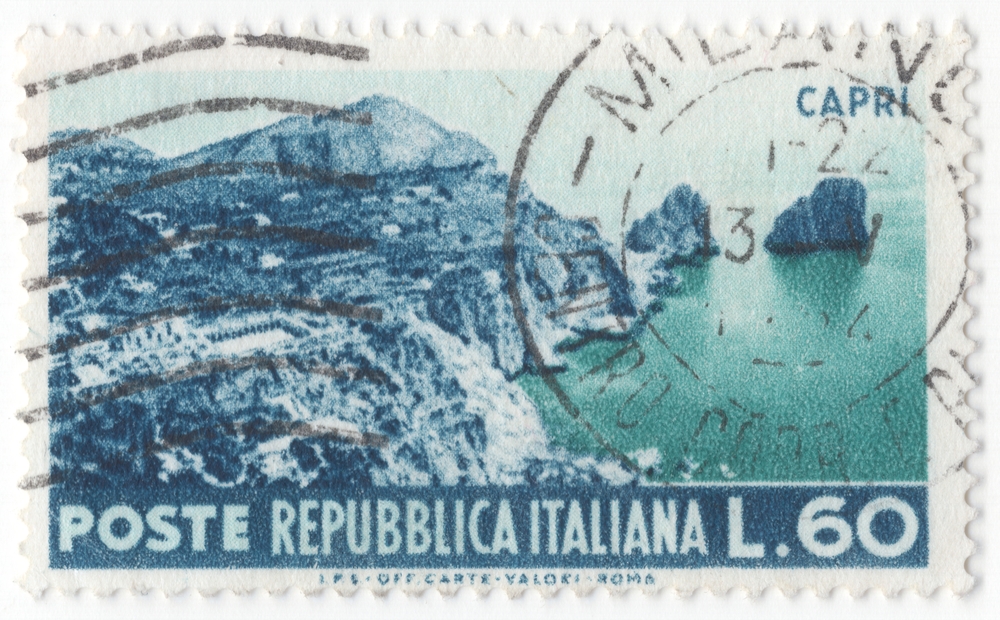
Italy’s stamps reflect its artistic and political history. Early issues from the Kingdom of Sardinia and the Papal States are rare and highly sought after. After unification, the stamps began to focus on national pride, featuring kings, monuments, and famous painters.
Modern Italian issues often center around art, architecture, opera, and cuisine. The colors and themes tend to be bold yet elegant. Collectors appreciate how stamps from Italy manage to reflect both the depth of its Roman past and the vibrancy of modern life.
China
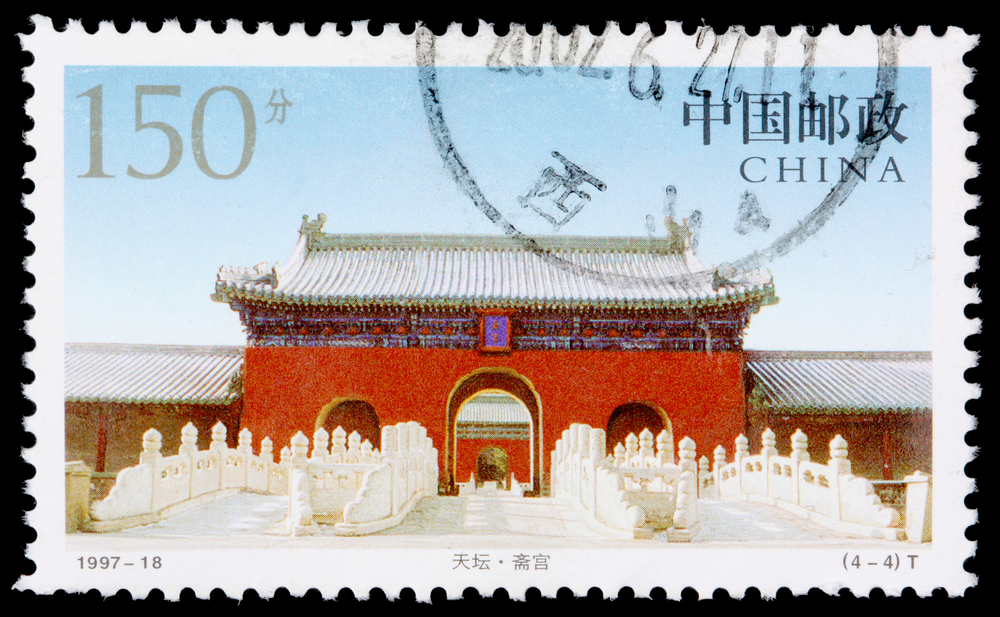
China’s stamp history begins with the Qing Dynasty’s “Large Dragon” stamps of 1878. Since then, its stamps have reflected sweeping changes in society and government. From imperial issues to Cultural Revolution propaganda to modern economic achievements, China’s stamps often carry strong visual and political messages.
Collectors are particularly drawn to stamps issued during the mid-20th century, including those featuring Chairman Mao and national slogans. In more recent years, Chinese stamps have explored themes like the zodiac, tea culture, and martial arts. Limited print runs and rising demand have made some modern Chinese stamps quite valuable.
Russia
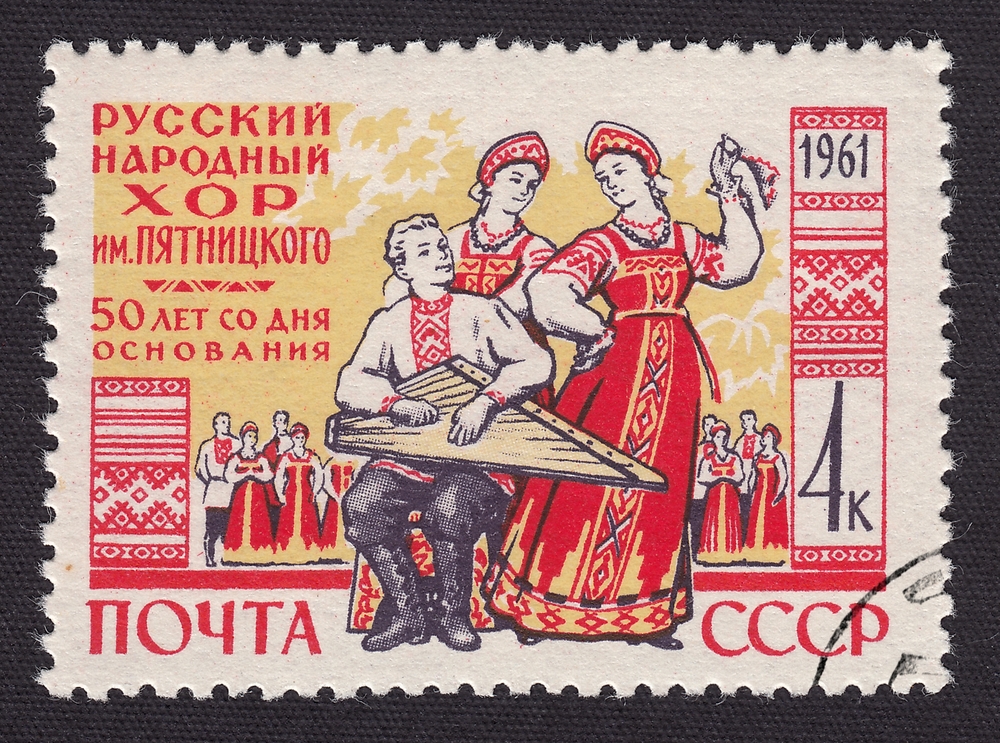
Russia’s stamp history spans tsarist, Soviet, and post-Soviet periods. Early stamps from the Russian Empire are prized for their elegant double-headed eagle emblems and Cyrillic script. Soviet stamps, on the other hand, are rich in political themes, showcasing workers, astronauts, and revolutionary figures.
Collectors find Russian stamps fascinating because of the stark contrast in styles across eras. Soviet issues were often used for messaging and featured bold art styles, while post-1991 issues have moved toward a more international and artistic approach. With a vast territory and strong historical themes, Russian stamps appeal to both thematic and regional collectors.
This article originally appeared on Avocadu.
